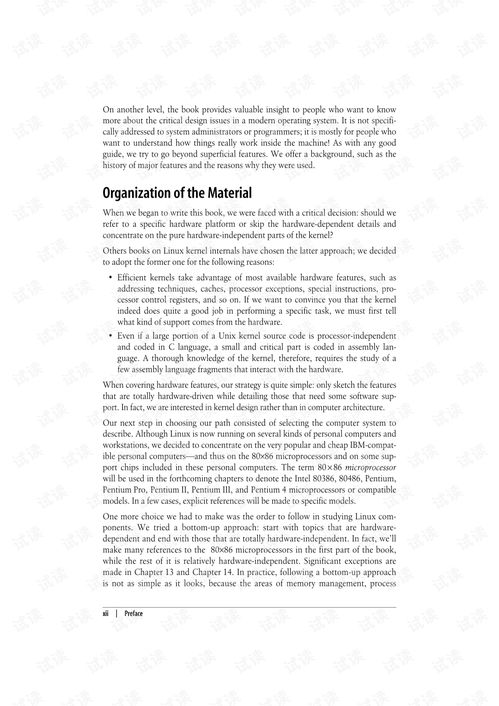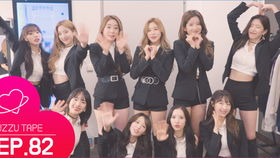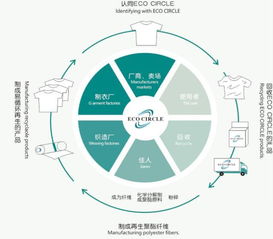Understanding the Basics of Textile Pattern Design
Introduction: Textile pattern design is an essential aspect of the fashion industry, where designers use patterns to create unique and visually appealing garments. Whether it's a simple embroidery or a complex digital print, pattern design plays a crucial role in shaping the overall look of a textile product. In this guide, we will explore the fundamentals of textile pattern design, including its history, types, techniques, and how to apply them to different textile materials. Let's dive into the world of textile pattern design!

Historical Background: Textile pattern design has a rich history that dates back to ancient civilizations. The earliest known examples are found in Egypt, where intricate geometric designs were used for clothing. Over time, patterns evolved to include more complex shapes and styles, reflecting the cultural influences of different eras. Today, textile pattern design continues to evolve with new technologies and trends, but its core principles remain unchanged.
Types of Textile Patterns: There are several types of textile patterns, each with its own unique characteristics and applications. Here are some of the most common ones:
-
Geometric Patterns: These patterns consist of straight lines, curves, and triangles arranged in a repeating pattern. They are perfect for creating uniformity and symmetry across a garment.
-
Organic Patterns: These patterns are more organic and free-form, often inspired by nature or abstract shapes. They can add a sense of movement and depth to a garment.
-
Digital Printing Patterns: This type of pattern involves using computer technology to create intricate designs on fabric. It offers endless possibilities for creativity and experimentation.
-
Embroidery Patterns: These patterns involve stitching small details onto the fabric using needle and thread. They add texture and detail to garments, making them more visually appealing.
-
Template Patterns: These patterns are created using a template or pattern piece, which is then cut out and sewn onto the fabric. They are useful for creating repeating designs or patterns that don't require much customization.
Techniques for Textile Pattern Design: To create effective textile pattern designs, there are several techniques that designers can use. Here are a few examples:
-
Layout: Before starting any design, it's important to lay out the pattern on paper or fabric. This helps ensure that the design will fit properly and that all elements are in the correct position.
-
Scale: When designing patterns for larger items like jackets or coats, it's important to consider the scale of the design. This means adjusting the size and proportions of the pattern to match the intended wearer's body shape.
-
Color Coordination: Textile pattern design is not just about creating visually appealing designs; it's also about ensuring that the colors work together harmoniously. This requires careful consideration of color theory and selecting complementary colors that enhance each other's appearance.
-
Texture: Adding texture to textile patterns can make them more interesting and visually appealing. This can be achieved through various techniques such as adding embellishments like beads or sequins, or using different types of fabrics with varying textures.
Case Study: One example of successful textile pattern design is the "Balenciaga Le Smoking" dress. This iconic piece was designed by creative director Demna Gvasalia and features a bold geometric pattern that incorporates smokestacks and flames. The pattern was created using a combination of digital printing and hand-drawn sketches, resulting in a stunning and eye-catching design that perfectly complemented the overall aesthetic of the dress.

Conclusion: Textile pattern design is a fascinating field that combines creativity, technical skills, and attention to detail. By understanding the basics of textile pattern design, you can start developing your own unique designs and contribute to the ever-evolving world of fashion. So grab your pencils and scissors (or your preferred design software), and let's embark on a journey of textile pattern design!
大家好!今天我们将一起探讨纺织品图案设计的基础知识,以及如何从零开始学习图案设计,在开始之前,让我们先了解一下纺织品图案设计的背景和重要性,纺织品图案设计是纺织品设计的重要组成部分,它能够为纺织品增添艺术性和个性化,提升其美观度和吸引力,纺织品图案设计也是设计师们创意表达和艺术创造的重要手段。
纺织品图案设计基础知识
-
纺织品图案的基本概念 纺织品图案是指通过不同的材料、颜色、形状和纹理组合而成的视觉元素,用于装饰和美化纺织品。
-
纺织品图案设计的要素 (1)主题:确定图案设计的主题和风格。 (2)材料:选择适合主题的材料进行创作。 (3)色彩:运用色彩搭配,营造出视觉效果。 (4)形状:运用不同的形状和纹理,创造出独特的视觉效果。
图案设计的实践案例分析
复古风格纺织品图案设计
在这个案例中,我们以复古风格为例,探讨如何运用纺织品图案设计来提升纺织品的艺术性和个性化。
确定主题和风格 选择复古风格作为图案设计的主题和风格,运用复古色调和图案元素,营造出一种怀旧的感觉。
选择材料 选择适合复古风格的织物材料进行创作,例如棉质、丝绸等。
色彩搭配 运用复古色调进行色彩搭配,例如使用深红色、金色等颜色来提升视觉效果,也可以运用对比色来突出图案的视觉效果。
形状和纹理的运用 运用不同的形状和纹理来创造出独特的视觉效果,例如使用几何形状、自然纹理等元素来提升纺织品的艺术性和个性化。

现代简约风格纺织品图案设计
在这个案例中,我们以现代简约风格为例,探讨如何运用简洁的线条和几何形状来提升纺织品的艺术性和个性化。
确定主题和风格 选择现代简约风格作为图案设计的主题和风格,运用简洁的线条和几何形状来营造出一种现代感和时尚感。
选择材料 选择适合现代简约风格的织物材料进行创作,例如涤纶、尼龙等合成纤维材料。
色彩搭配 运用简洁的色彩搭配,例如使用单色调或对比色来提升视觉效果,也可以运用纹理来增加纺织品的层次感和立体感。
图案设计的技巧和方法
-
观察生活、提炼主题 在图案设计中,观察生活是非常重要的技巧之一,通过观察生活中的各种元素和场景,提炼出具有代表性的主题和元素,为后续的创作提供灵感。
-
选择合适的材料和颜色搭配 在选择材料和颜色搭配时,需要根据主题和风格来进行选择,也需要考虑材料的质地、颜色搭配的协调性和对比度等因素。
-
运用线条和形状来表达情感和意境 在图案设计中,线条和形状的运用是非常重要的技巧之一,通过运用不同的线条和形状来表达情感和意境,可以创造出独特的视觉效果和艺术性。
实践操作指南
- 学习基础知识:首先需要学习纺织品图案设计的基础知识,包括主题、材料、色彩、形状等方面的知识,可以通过阅读相关书籍、参加培训班等方式进行学习。
- 实践操作:在掌握了基础知识后,可以开始进行实践操作,可以选择一些简单的纺织品图案设计案例进行实践操作,例如使用几何形状、自然纹理等元素来创作简单的纺织品图案设计,也可以尝试一些更复杂的案例,例如使用复古风格或现代简约风格进行创作,在实践操作过程中,需要注意观察生活、提炼主题、选择合适的材料和颜色搭配、运用线条和形状来表达情感和意境等方面,也需要不断尝试和创新,不断提高自己的图案设计水平。
- 案例分析:在实际操作中,可以参考一些优秀的纺织品图案设计案例进行分析和学习,可以通过阅读相关书籍、观看相关视频等方式了解这些案例的设计思路、技巧和方法等方面,也可以将这些案例应用到自己的设计中,不断尝试和创新,提高自己的设计水平。
总结与展望
通过本次讨论,我们了解了纺织品图案设计的基础知识、实践案例分析以及实践操作指南等方面的内容,在纺织品图案设计中,需要注重观察生活、提炼主题、选择合适的材料和颜色搭配、运用线条和形状来表达情感和意境等方面,也需要不断尝试和创新,不断提高自己的设计水平,纺织品图案设计将会越来越受到人们的关注和喜爱,成为纺织品设计的重要组成部分之一。
Articles related to the knowledge points of this article:
Testing Fabric Content for Fibers in Textile Industry
Promoting Textiles in Shaoxing:A Case Study
Latest National Textile Testing Standards
The Story of a Textile Merchant in the Wenjiang Family Business



